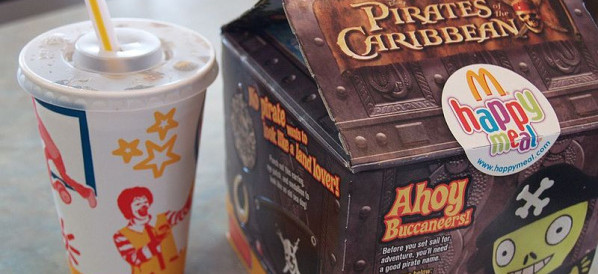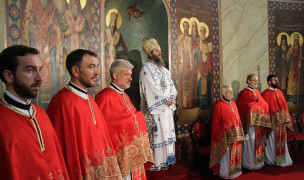 6 Terms
6 TermsHome > Terms > Kazahă (KK) > концептуалды өнер
концептуалды өнер
This term came into use in the late 1960s to describe a wide range of types of art that no longer took the form of a conventional art object. In 1973 a pioneering record of the early years of the movement appeared in the form of a book, Six Years, by the American critic Lucy Lippard. The 'six years' were 1966-72. The long subtitle of the book referred to 'so-called conceptual or information or idea art'. Conceptual artists do not set out to make a painting or a sculpture and then fit their ideas to that existing form. Instead they think beyond the limits of those traditional media, and then work out their concept or idea in whatever materials and whatever form is appropriate. They were thus giving the concept priority over the traditional media. Hence Conceptual art. From this it follows that conceptual art can be almost anything, but from the late 1960s certain prominent trends appeared such as Performance (or Action) art, Land art, and the Italian movement Arte Povera (poor art). Poor here meant using low-value materials such as twigs, cloth, fat, and all kinds of found objects and scrap. Some Conceptual art consisted simply of written statements or instructions. Many artists began to use photography, film and video. Conceptual art was initially a movement of the 1960s and 1970s but has been hugely influential since. Artists include Art & Language, Beuys, Broodthaers, Burgin, Craig-Martin, Gilbert and George, Klein, Kosuth, Latham, Long, Manzoni, Smithson.
- Parte de vorbire: substantiv
- Sinonim(e):
- Glosar:
- Industrie/Domeniu: Istoria artelor
- Categorie: Istoria artelor în general
- Company: Tate
- Produs:
- Acronim-abreviere:
Alte limbi:
Ce doriţi să spuneţi?
Termeni la ştiri
Termeni dezvoltaţi
хэппи мил
Happy Meals are meals from McDonald's marketed at children. They first entered the market in 1979. Happy Meals usually consist of a choice of a ...
Colaborator
Glosare dezvoltate
vhanedelgado
0
Terms
15
Glosare
7
Followers
Idioms Only Brits Understand
 6 Terms
6 TermsBrowers Terms By Category
- Dicţionare(81869)
- Encyclopedias(14625)
- Argou(5701)
- Idiomuri(2187)
- Limbi în general(831)
- Lingvistică(739)
Limbă(108024) Terms
- Automobile(10466)
- Motociclete(899)
- Vopsea automobile(373)
- Cauciucuri(268)
- Echipament vehicul(180)
- Piese auto(166)
Automobile(12576) Terms
- Cazinouri(127)
- Lottery(74)
Jocuri de noroc(201) Terms
- Pigmenţi anorganici(45)
- Săruri anorganice(2)
- Fosfaţi(1)
- Oxizi(1)
- Acizi anorganici(1)
Chimicale anorganice(50) Terms
- Jurnalism(537)
- Ziar(79)
- Jurnalism de investigaţii(44)



